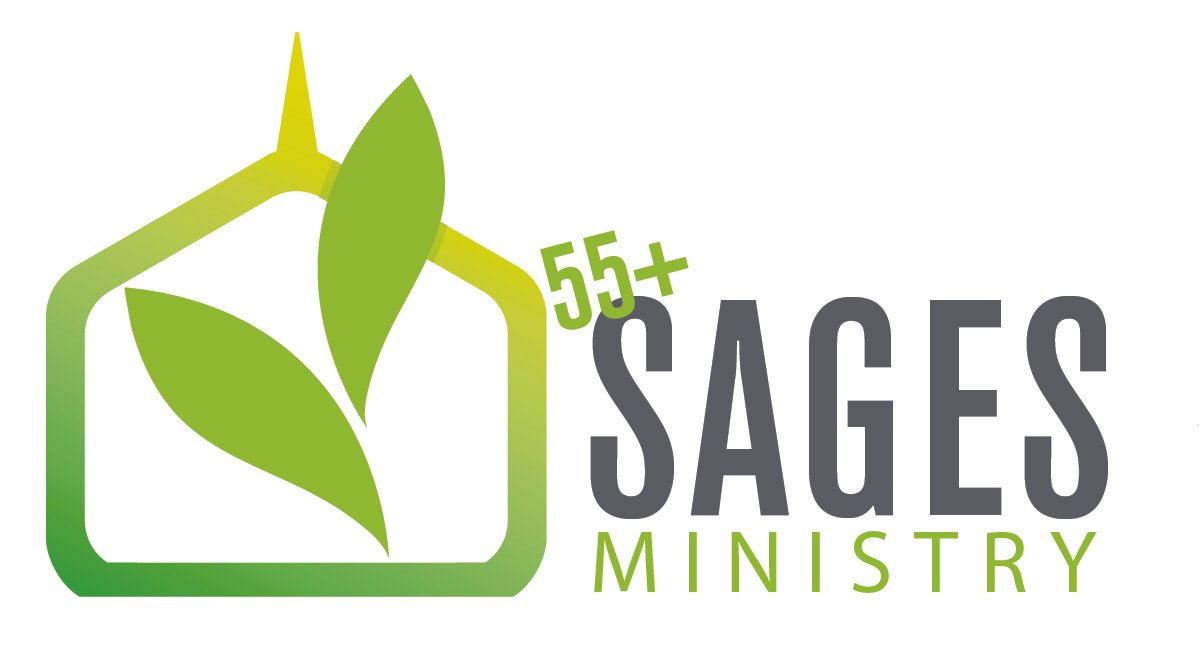Introduction to Medicare
NOTE: Health, fitness, finances, etc. are concerns for those of the Sage age. Periodically, we will provide information about these "real-world" challenges. Never see what we provide as the sum of the conversation. - Carlton L Coon, Sr.
Open Enrollment
Medicare open enrollment is a designated window of time each year when individuals can make changes to their Medicare coverage.
Open enrollment is primarily for people who already have Medicare.
New applicants should sign up during their initial enrollment period, which starts three months before they turn 65 and ends three months after the month when they turn 65. If they miss their initial enrollment period, they can sign up during open enrollment.
The fall open enrollment period for Medicare begins Oct. 15 and runs through Dec. 7 each year. This enrollment period is open to people who are covered by Medicare parts A or B.
A separate Medicare open enrollment period applies to people who are covered by a Medicare Advantage plan (Medicare Part C). The open enrollment period for Medicare Advantage plans runs from Jan. 1 to March 31 each year.
Medicare Basics
Medicare is a federal program that offers healthcare coverage to seniors ages 65 and older and younger people with certain qualifying health conditions or disabilities. Separate parts of Medicare cover particular categories of healthcare services.
Medicare Part A: covers inpatient care in a hospital, skilled nursing facility or nursing home care that’s not required on a long-term basis, as well as hospice care and some home healthcare.
Medicare Part B: covers doctor visits and other outpatient services, as well as mental health care, ambulance transport, durable medical equipment, laboratory tests, and preventive screenings. Parts A and B are sometimes called original Medicare to distinguish them from Medicare Advantage plans.
Medicare Advantage plans are an alternative to original Medicare, offered by private insurance companies under Medicare guidelines. Participants typically have lower out-of-pocket costs but coverage is generally limited to network providers.
Medicare Part D: provides prescription drug coverage. You must have traditional Medicare coverage or a Medicare Advantage plan to enroll in Medicare Part D.
Medigap: Medigap or Medicare Supplement Insurance, is sold by private companies and pays some of the costs original Medicare doesn’t cover, including deductibles, coinsurance, and copays.
Medicare.gov. “What’s Medicare Supplement Insurance (Medigap)?”
What Can You Change During Medicare Open Enrollment?
During the Medicare open enrollment period, you can make a number of changes to your existing coverage.
Switch from Original Medicare (Parts A and/or B) to a Medicare Advantage plan (Medicare Part C)
Switch from a Medicare Advantage plan to Original Medicare
Change from your current Medicare Advantage plan to a different one
Change your existing Medicare Part D drug coverage to a different plan
Remove Medicare Part D coverage12
If you have a Medicare Advantage plan, you can switch plans during the open enrollment period that extends from Jan. 1 to March 31. During this time, you could also opt to switch to Original Medicare and enroll in Medicare Part D.
Source: Medicare Open Enrollment Guide (investopedia.com) For official Medicare education, please refer to Welcome to Medicare | Medicare

